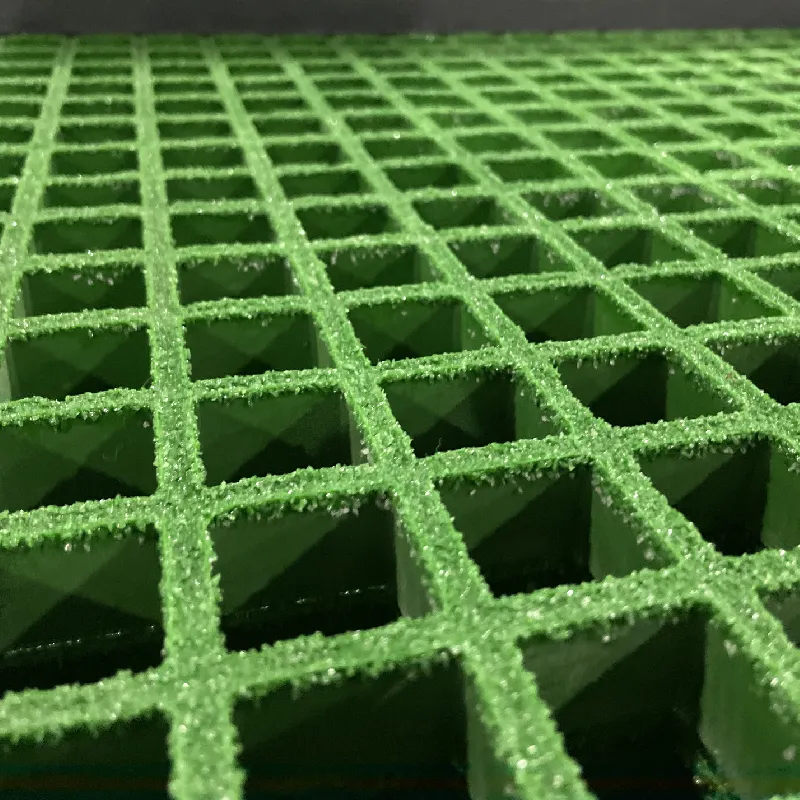loading...
- No. 9, Xingyuan South Street, Dongwaihuan Road, Zaoqiang County, Hengshui, Hebei, China
- admin@zjcomposites.com
- +86 15097380338
- Welcome to visit our website!
grp sectional tank
Understanding GRP Sectional Tanks Features and Benefits
GRP (Glass Reinforced Plastic) sectional tanks have become an increasingly popular choice for water storage solutions across various sectors, including agriculture, industry, and municipal services. These tanks provide a practical and efficient means of storing large volumes of water, and their benefits make them a preferred option for many applications.
What Are GRP Sectional Tanks?
GRP sectional tanks are made from glass-reinforced plastic, a composite material that combines plastic with glass fibers to enhance strength and durability. Unlike traditional steel or concrete tanks, GRP tanks are manufactured in sections or panels that can be easily transported to the installation site and assembled to the desired size. This modular design allows for flexibility in storage capacity, making it suitable for various applications.
Key Features
1. Lightweight and Easy to Install One of the primary advantages of GRP sectional tanks is their lightweight nature. This characteristic simplifies transport and installation, allowing for quick assembly on-site. Fewer resources are required for installation, reducing labor costs and timeframes.
2. Corrosion Resistance GRP material is inherently resistant to corrosion, which is a significant issue for traditional metal tanks that can rust over time. This property ensures that GRP tanks maintain their structural integrity and performance over the long term, reducing maintenance needs and extending their lifespan.
3. Customizable Sizes and Shapes GRP sectional tanks can be manufactured in various sizes and shapes to meet specific storage needs. Whether for a small agricultural operation or a large industrial facility, these tanks can be tailored to accommodate different storage volumes and site constraints.
4. Thermal Insulation The material properties of GRP provide excellent thermal insulation, helping to maintain water temperature. This feature is particularly beneficial in applications where water temperature control is crucial, such as in the food and beverage industry.
grp sectional tank

5. Cost-Effective Although the initial investment in a GRP sectional tank may be higher than traditional alternatives, their long-term benefits—such as reduced maintenance and extended lifespan—often make them more cost-effective over time. Additionally, the reduced installation time translates to lower labor costs.
6. Environmental Impact GRP is a more environmentally friendly option compared to some traditional water storage solutions. With the increasing importance of sustainability, choosing GRP sectional tanks can help organizations reduce their carbon footprint and adhere to eco-friendly practices.
Applications
GRP sectional tanks are versatile and can be employed across a range of sectors
- Agricultural Use Farmers often use GRP tanks for irrigation and livestock water supply, as they provide a reliable and durable water storage solution. - Industrial Applications Many industries utilize these tanks for process water, chemical storage, and wastewater treatment due to their robustness and corrosion resistance. - Municipal Water Supply GRP tanks are commonly deployed in municipal water systems, providing a secure means of storing drinking water and ensuring supply reliability. Maintenance and Care
While GRP sectional tanks are designed for durability and minimal maintenance, regular inspections are advisable to ensure optimal performance. Checking for any signs of wear or damage and cleaning the tanks periodically will help maintain water quality and prolong the tank's lifespan.
Conclusion
In conclusion, GRP sectional tanks represent a modern solution for various water storage needs. Their lightweight nature, resistance to corrosion, customizability, and cost-effectiveness make them an attractive choice for many applications. From agriculture to industrial use and municipal services, GRP sectional tanks offer flexibility and dependability, supporting efficient water management strategies. As industries continue to seek sustainable and reliable solutions for water storage, GRP sectional tanks are poised to play a pivotal role in the future of water conservation and resource management.
-
The Rise of FRP Profiles: Strong, Lightweight, and Built to LastNewsJul.14,2025
-
SMC Panel Tanks: A Modern Water Storage Solution for All EnvironmentsNewsJul.14,2025
-
GRP Grating: A Modern Solution for Safe and Durable Access SystemsNewsJul.14,2025
-
Galvanized Steel Water Tanks: Durable, Reliable, and Ready for UseNewsJul.14,2025
-
FRP Mini Mesh Grating: The Safer, Smarter Flooring SolutionNewsJul.14,2025
-
Exploring FRP Vessels: Durable Solutions for Modern Fluid HandlingNewsJul.14,2025
-
GRP Structures: The Future of Lightweight, High-Performance EngineeringNewsJun.20,2025
